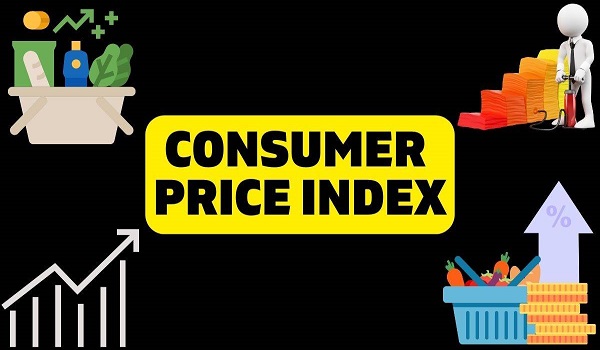A government panel in India is considering a major reduction in the weight of food in the country’s Consumer Price Index (CPI) by up to 8 percentage points. This move, aimed at curbing inflation spikes, would reflect more current consumer spending patterns, potentially reducing the impact of food price volatility on inflation data.
The proposed adjustment comes as part of a broader revision of the CPI, which is currently based on data from 2011–2012. Economists argue that this outdated data may be skewing the official inflation figures used by the Reserve Bank of India (RBI) to set interest rates. Recent surveys indicate that consumers now spend a smaller portion of their budgets on food compared to a decade ago.
Food and beverages currently account for 54.2% of the CPI basket. According to sources familiar with the discussions, the proposed reduction could bring the food weight down significantly, helping to stabilize inflation measurements.
The revision process is expected to be completed by 2025, with the new CPI weights likely to be implemented by January 2026. The updated index may also see the removal of outdated items like horse cart fares and video cassettes, while incorporating modern consumer electronics such as smartphones.
This potential change comes as the RBI has maintained a cautious stance on interest rates, with inflation remaining above its 4% target. In June, food prices surged by 9.36% year-on-year, pushing headline inflation to 5.08%. Analysts estimate that inflation could have been 70 basis points lower with updated CPI weights.
India’s Chief Economic Adviser, V. Anantha Nageswaran, recently suggested that the RBI’s inflation target should exclude food. However, some economists argue that excluding food from the CPI target is not suitable for India, given the significant role food prices play in the country’s economy.


